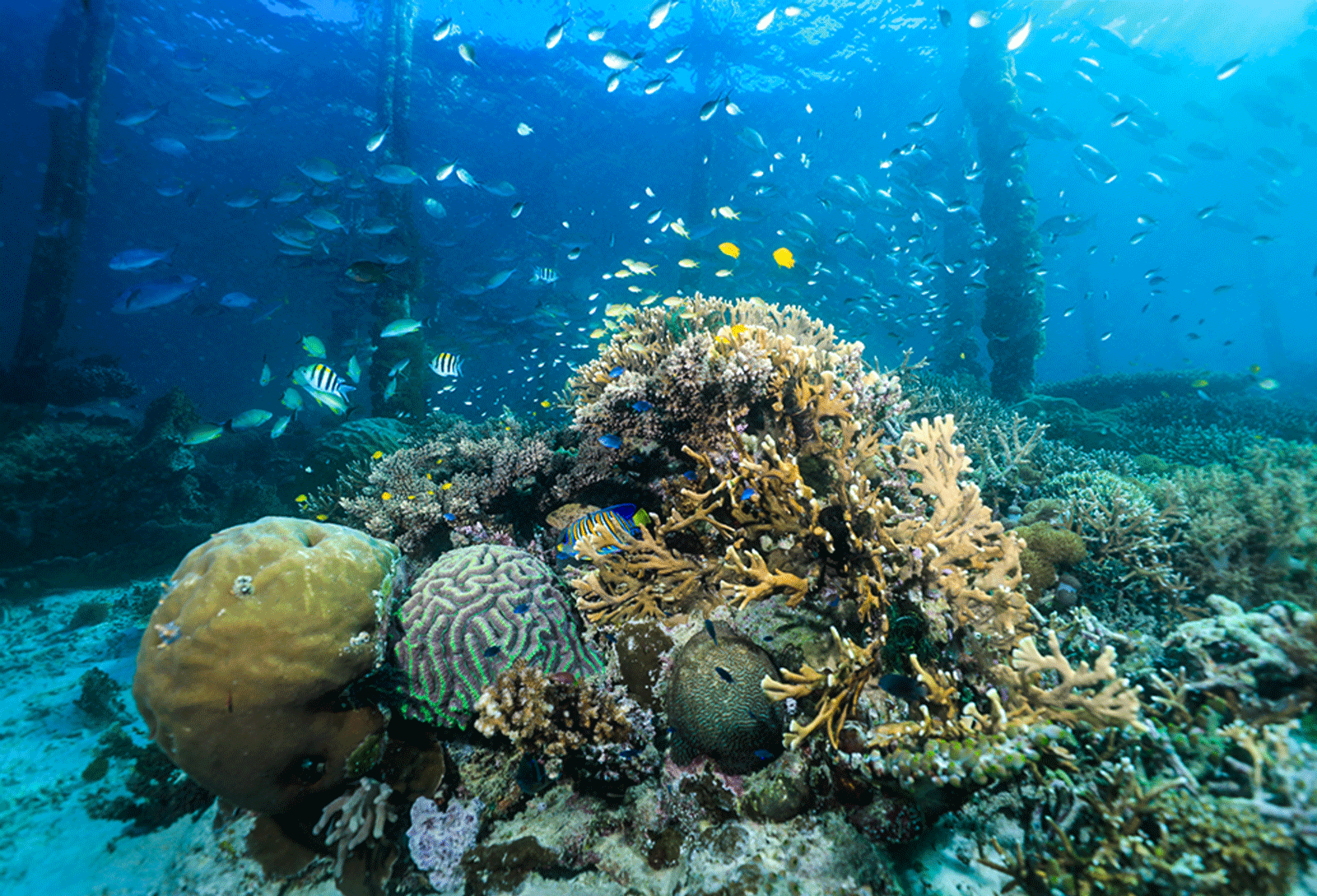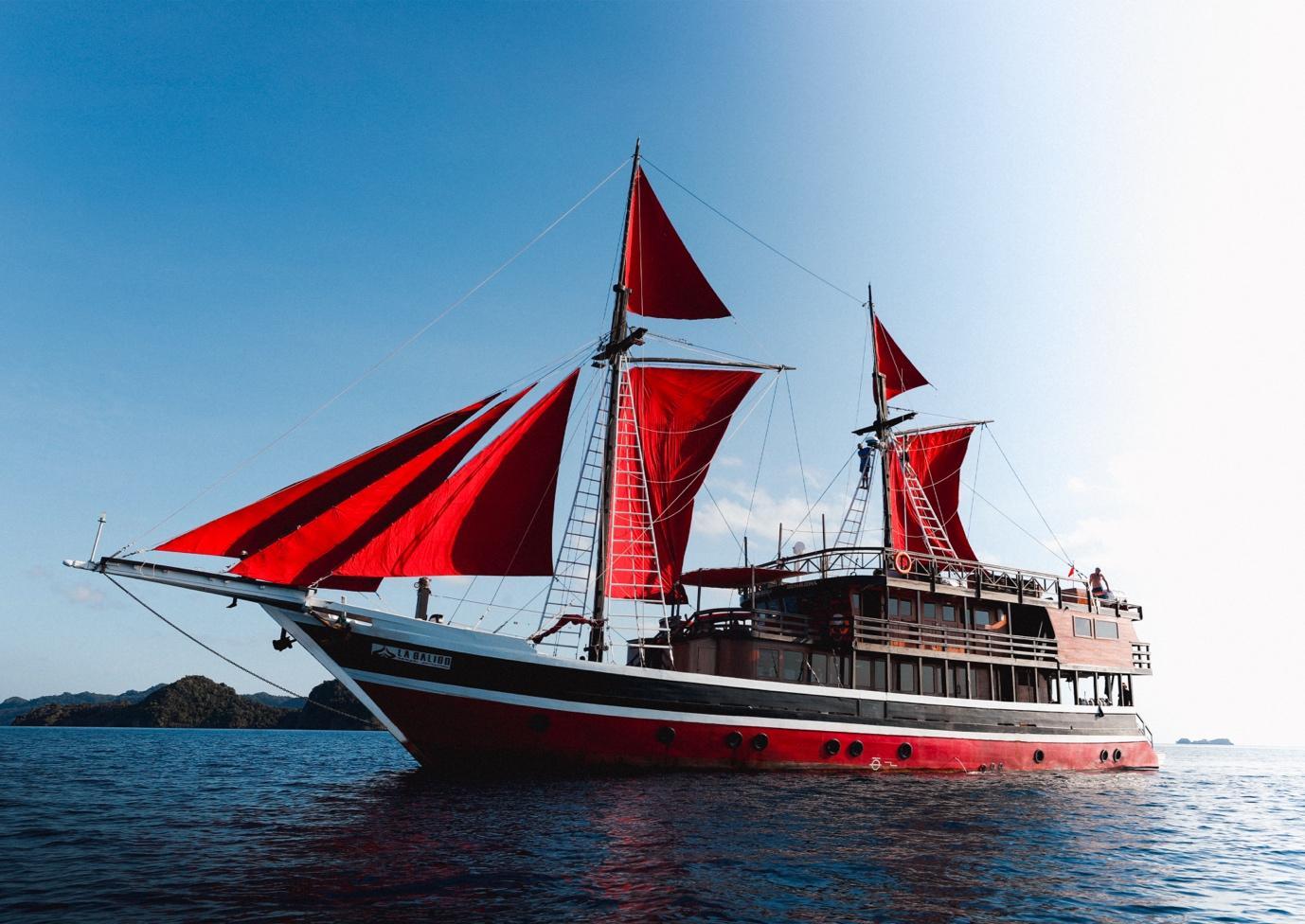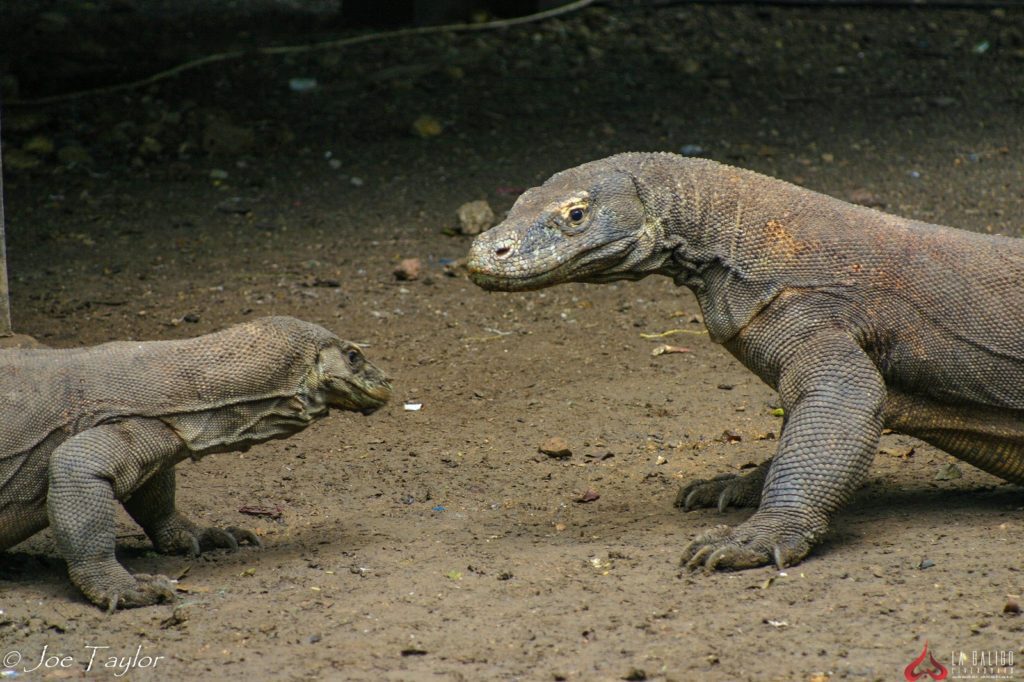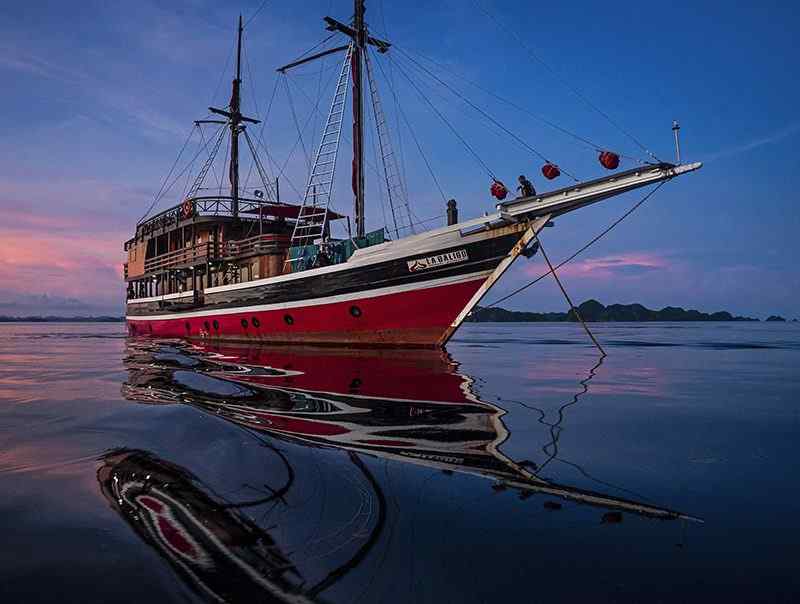What Are Coral Reefs? The Importance of Marine Ecosystems

Coral reefs, often referred to as the “rainforests of the sea”, are among the most diverse and beneficial ecosystems in the world. These underwater wonders harbor many marine species and contribute greatly to human life. They are particularly vital through fishing, tourism, and coastal protection. Climate change presents an unprecedented threat to coral reefs and the important dive sites they contain, despite their apparent vibrancy. These fragile marine ecosystems will face major consequences for people and their environment as the planet warms.
What are Coral Reefs
Every coral reef has coral polyps, tiny soft-bodied organisms related to sea anemones and jellyfish. These polyps cluster in groups and secrete a hard calcium carbonate exoskeleton. With time and subsequent generations, these skeletons form complex structures called coral reefs. Zooxanthellae, microscopic algae, live inside this network of polyps. Where the coral provides a safe environment and the necessary compounds for algae photosynthesis, while the algae, in turn, provide food to the coral through photosynthesis.
The Importance of Coral Reefs to Marine Ecosystems
Biodiversity is centered on coral reefs. Although coral reefs only exist on about 0.1% of the ocean’s surface, they host nearly 25% of marine species, and this diversity is critical to the health and resilience of marine ecosystems. Many fish species depend on coral reefs as their breeding grounds to keep their populations strong. In addition, these natural structures protect coastal communities and shorelines by absorbing wave energy and preventing coastal erosion.
Economic and Recreational Importance
Coral reefs not only have ecological value, but are also highly profitable recreational objects. Millions of people in coastal areas depend on coral reefs as their source of income through fishing or tourism, making them a pillar of coastal economies. Dive tourism, in particular, has boomed over the past few years, attracting enthusiasts who travel around the world to enjoy the stunning underwater landscapes offered by coral reefs. Dive tourism contributes billions of dollars to the world economy every year and instills a deep respect for marine life.
There is no denying that coral reefs are priceless, despite their incredible beauty and the life they offer. However, further investigation shows that these ecosystems are at a crossroads, and climate change poses a major challenge. The next section will discuss the various effects climate change has on coral reefs and how it will impact cherished dive sites around the world.
Climate Change and Effects on Coral Reefs
Ocean Acidification
In addition to warming, our oceans are experiencing increased acid levels. The ocean absorbs most of the carbon dioxide (CO2) released from the atmosphere. When CO2 dissolves in seawater, it forms carbonic acid, which then breaks down into bicarbonate and hydrogen ions. This increase in hydrogen ions makes the ocean’s pH more acidic. This poses a problem for corals. Acidic water prevents them from producing and maintaining calcium carbonate skeletons, which impacts their growth and health.
Rising Seawater Temperatures
Coral bleaching is the phenomenon where corals expel the zooxanthellae algae that live within their tissues in response to stress, which is caused by rising ocean temperatures. The main stress factor? Rising ocean temperatures. Corals are called “bleached” because they lack these algae and turn ghostly white. Prolonged exposure to elevated temperatures can cause widespread coral mortality, although corals can survive and potentially recover from mild bleaching. As ocean temperatures rise globally, coral reefs are increasingly threatened, threatening humans and other marine life.
High Sea Level and Storm Frequency
Shallow coral reef systems are affected by rising sea levels caused by expanding warmer ocean waters and melting polar ice caps. There may be some people who believe that deeper waters can save corals from bleaching, but the problem is more. Since zooxanthellae need sunlight to photosynthesize, deeper waters can reduce light penetration, which impacts the corals’ main food source. Climate change is also leading to an increase in the number and intensity of tropical storms and typhoons. These events can cause physical damage to coral reefs, breaking down fragile structures and causing sedimentation that smothers corals.
Consequences and Impacts for Dive Sites
The diving experience becomes different
For divers who visit damaged reefs, there is a significant emotional and experiential impact. Instead of marveling at the underwater tapestry, divers are confronted with the fact that environmental destruction is taking place. This shift has the potential to change the story of dive tourism from one of wonder to one that is useful for education and marketing.
Human resilience and ingenuity give rise to hope even when things look bad. The next section will discuss the different approaches being used around the world to combat coral reef decline and how the diving community can be a leader in this regard.
Biodiversity Loss
Species living on coral reefs are directly impacted by declines in coral health and vitality. As corals die, the biodiversity of the area will decrease as the complex nooks, crannies, and shelters they offer will vanish. For divers, this means that a once bustling dive site is now a barren wasteland devoid of crustaceans, colorful fish, or other marine life.
Impact on economic implications
Every year, vibrant coral reefs attract millions of visitors. However, the dive tourism industry is suffering huge losses along with the destruction of coral reefs. Businesses that depend on tourists, such as dive shop operators and hotel owners, may lose their main source of income. Entire coastal economies can be disrupted by these ripples.
Efforts are needed to reduce damage
Marine Protected Areas
To give coral reefs a chance to survive, many countries have established Marine Protected Areas (MPAs). Human activities that could harm coral reefs, such as overfishing, anchoring, or certain developments, are prohibited in these areas. These sanctuaries allow marine ecosystems to recover and rejuvenate naturally without outside influences.
Coral Recovery Program
Scientists and marine biologists around the world are proactively working to restore damaged coral reefs. One of the most beneficial methods is coral farming, which involves growing corals in controlled environments, underwater nurseries, or specialized laboratories on land. To kick-start recovery, these corals are outplanted back onto damaged reefs once they reach a certain size. In addition, research is ongoing to develop “super corals”, which are genetically altered to be more resistant to climate change.
Practicing Sustainable Tourism
Many parties are supporting more sustainable tourism because they recognize that thriving dive tourism and healthy coral reefs positively correlate with each other. This includes:
- Environmentally friendly dive operations: Using boats that use cleaner fuel, using mooring buoys to prevent anchor damage, and ensuring that dive boat waste does not pollute the waters.
- Educating divers: Dive operators often provide instructions on how to avoid contact with corals, regulate buoyancy to prevent sediment churning.
- Promoting off-peak diving: By encouraging divers to come outside of the high season, we can reduce pressure on popular dive sites and give them time to recover.
ALSO READ : Solo Travelers Liveaboard Diving in Raja Ampat
Enjoy a Diving Trip in Raja Ampat and Komodo with La Galigo Liveaboard

La Galigo is known as one of the best liveaboard diving boats in Raja Ampat Indonesia, and it offers trips to well-known diving destinations such as Komodo and Raja Ampat. The Coral Triangle is located in Indonesia, which has the highest marine biodiversity on the planet.
La Galigo Liveaboard Diving was founded in 2015 by two avid divers who wanted to explore some of Indonesia’s pristine reefs but found that all existing scuba diving options were frequently out of their budget, and wanted to provide an affordable option for everyone to be able to explore these beautiful places.
La Galigo Liveaboard Diving in Raja Ampat & Komodo is a friends and family affair, and our liveaboard diving trips are always focused on fun, safety, guest comfortability, and are exceptional value for money. Our trip prices range from $2,160 for a six-day Komodo liveaboard diving trip to $3,815 for an eight-day Raja Ampat liveaboard diving trip. The price includes four meals a day, diving or snorkelling three to four times a day, and land tours.





